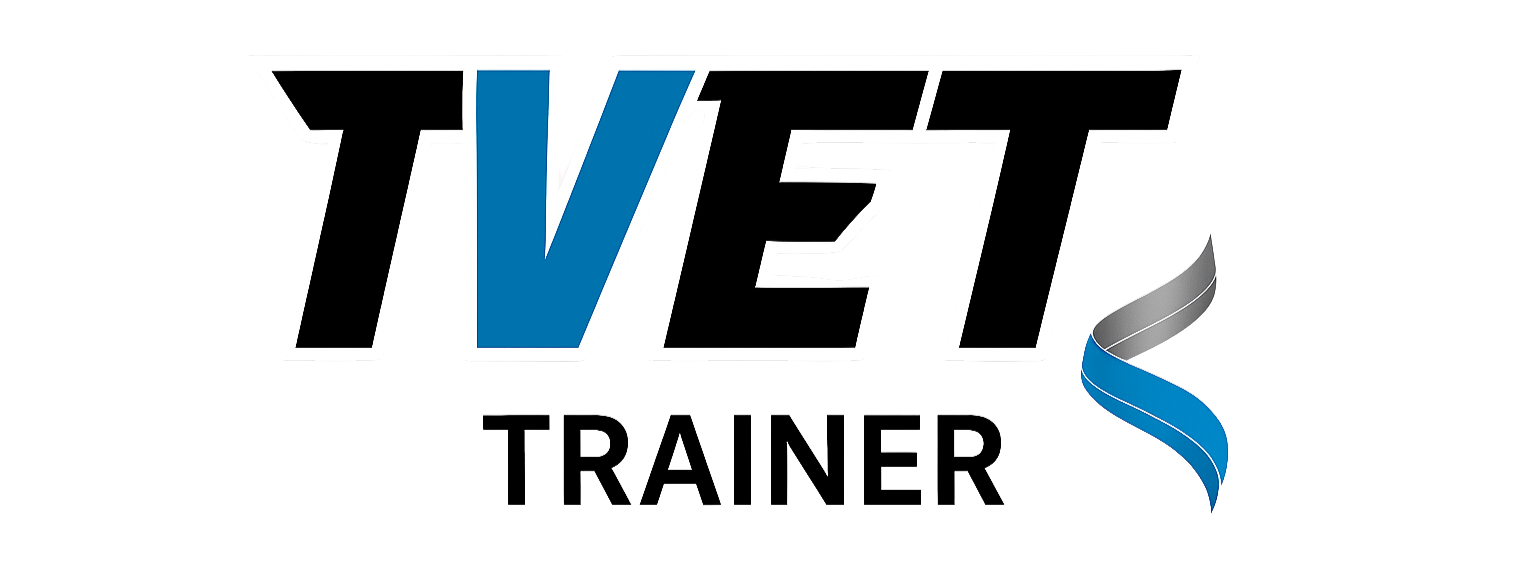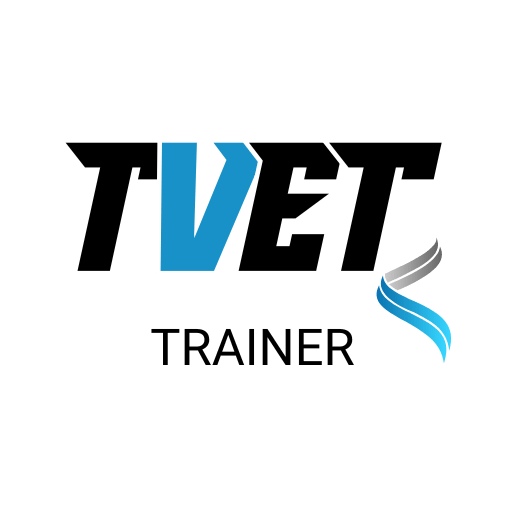In Technical and Vocational Education and Training (TVET), designing effective programmes is essential to equip learners with the necessary skills and knowledge. The Kemp Instructional Design Model, also known as the Morrison, Ross, and Kemp Model, offers a comprehensive framework for developing these programmes. This article explores how the Kemp Model can be applied to TVET programme design, highlighting its key elements and practical application. Also, it looks at other instructional design models that can be utilised.
Understanding the Kemp Design Model
The Kemp Design Model, created by instructional design researcher Jerrald Kemp, is characterised by its nonlinear or circular structure. Unlike traditional linear models, Kemp's approach views the design process as a continuous cycle that requires constant planning, design, and evaluation to ensure quality instruction. This model comprises nine elements that guide the development of effective educational programmes.
1. Determining Specific Goals and Instructional Issues
The first step in the Kemp Model involves identifying the specific goals and instructional issues. In the context of TVET, this means understanding the industry requirements, job market trends, and the skills employers seek. Engaging with industry stakeholders and conducting needs assessments can provide valuable insights into setting these goals.
2. Identifying the Characteristics and Needs of the Learners
Understanding the target audience is required for designing relevant and engaging TVET programmes. This includes analysing the learners' prior knowledge, learning preferences, and potential learning barriers. Tailoring the content and delivery methods to meet these needs can enhance learner engagement and success.
3. Clarifying the Course Content and Analysing Task Components
Once the goals and learner characteristics are established, the next step is to clarify the course content and analyse the tasks learners need to perform. This involves breaking down the content into manageable components and ensuring each task aligns with the programme's overall goals.
4. Defining Instructional Objectives and Learning Outcomes
Clear instructional objectives and learning outcomes are essential for guiding the learning process. These should be specific, measurable, achievable, relevant, and time-bound (SMART). In TVET programmes, these outcomes often focus on practical skills and competencies that learners must demonstrate.
5. Ensuring Logical and Sequential Presentation of Content
The content should be organised logically and sequentially, facilitating a smooth learning progression. This helps learners build on their knowledge and skills systematically, ensuring a solid understanding of each component before moving on to the next.
6. Designing Strategies to Enable Learners to Master Content
Effective instructional strategies are key to helping learners master the content. This can include hands-on activities, simulations, collaborative projects, and other interactive methods that align with the practical nature of TVET. These strategies should cater to diverse learning styles and promote active engagement.
7. Choosing the Appropriate Mode of Delivery
Selecting the appropriate delivery mode is paramount for effectively reaching the target audience. This could involve face-to-face instruction, online learning, and practical workshops. The choice of delivery mode should consider factors such as accessibility, learner preferences, and the nature of the content.
8. Developing Evaluation Instruments
It is important to develop suitable evaluation instruments to measure and assess learners’ progress towards achieving the objectives. These could include formative assessments, summative tests, practical demonstrations, and peer assessments. Regular evaluation helps identify areas for improvement and ensures the programme meets its goals.
9. Choosing Appropriate Resources
Finally, selecting the right resources to support teaching and learning activities is essential. This could include textbooks, online resources, industry tools, and equipment. Ensuring these resources are up-to-date and relevant enhances the learning experience and aligns with industry standards.
Other Instructional Design Models
While the Kemp Design Model is highly effective, other instructional design models can also be utilised in designing TVET programmes. Here are a few notable ones:
ADDIE Model
The ADDIE Model is a widely recognised framework in instructional design. It consists of five phases: analysis, Design, Development, Implementation, and Evaluation. This model provides a systematic approach to creating educational programmes, ensuring each phase is thoroughly addressed before proceeding to the next. It is particularly useful for its structured methodology and comprehensive evaluation phase.
Gagné’s Nine Events of Instruction
Developed by Robert Gagné, this model focuses on nine instructional events that support the learning process: gaining attention, informing learners of the objectives, stimulating recall of prior learning, presenting the content, providing learning guidance, eliciting performance, providing feedback, assessing performance, and enhancing retention and transfer. This model is effective for creating engaging and well-structured lessons.
Bloom’s Taxonomy
Bloom’s Taxonomy categorises cognitive skills into six levels: Remembering, Understanding, Applying, Analysing, Evaluating, and Creating. This hierarchical model helps educators design learning objectives and assessments that promote higher-order thinking skills. It is particularly useful for ensuring that TVET programmes develop both basic and advanced skills in learners.
Merrill’s Principles of Instruction
David Merrill’s model is based on five principles: task-centred, activation, demonstration, application, and integration. This approach focuses on real-world tasks and problem-solving, making it highly relevant for TVET programmes that prepare learners for specific job roles.
Conclusion
The Kemp Design Model provides a robust framework for designing effective TVET programmes. By following its nine elements, educators can create comprehensive and dynamic programmes that meet the needs of learners and the demands of the job market. Additionally, incorporating other instructional design models such as ADDIE, Gagné’s Nine Events of Instruction, Bloom’s Taxonomy, and Merrill’s Principles of Instruction can further enhance the quality and effectiveness of TVET programmes. Continuous planning, design, and evaluation ensure that these programmes remain highly relevant, ultimately contributing to developing a skilled workforce.
FAQs
- What is the Kemp Instructional Design Model? The Kemp Instructional Design Model, also known as the Morrison, Ross, and Kemp Model, is a nonlinear framework comprising nine elements for developing effective educational programmes, emphasising continuous planning, design, and evaluation.
- How does the Kemp Model apply to TVET programme design? In TVET, the Kemp Model guides programme creation by identifying goals, analysing learner needs, clarifying content, setting SMART objectives, organising sequential presentation, designing mastery strategies, selecting delivery modes, developing evaluations, and choosing resources to align with industry demands.
- What are the key elements of the Kemp Design Model? The nine elements include determining goals and issues, identifying learner characteristics, clarifying content and tasks, defining objectives, ensuring logical sequencing, designing mastery strategies, choosing delivery modes, developing evaluation instruments, and selecting appropriate resources.
- What other instructional design models can be used in TVET? Besides the Kemp Model, TVET programmes can utilise the ADDIE Model for systematic phases, Gagné’s Nine Events for structured lessons, Bloom’s Taxonomy for cognitive skill levels, and Merrill’s Principles for task-centred problem-solving.
- Why is the Kemp Model suitable for vocational education? The Kemp Model's circular structure allows for ongoing refinement, making it ideal for TVET by addressing practical skills, learner diversity, and industry needs through tailored content, interactive strategies, and regular assessments.







